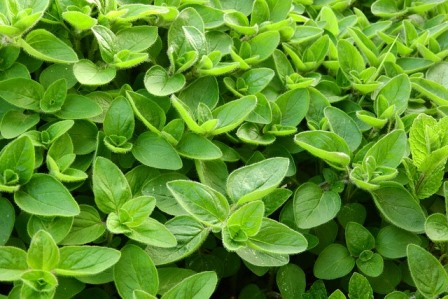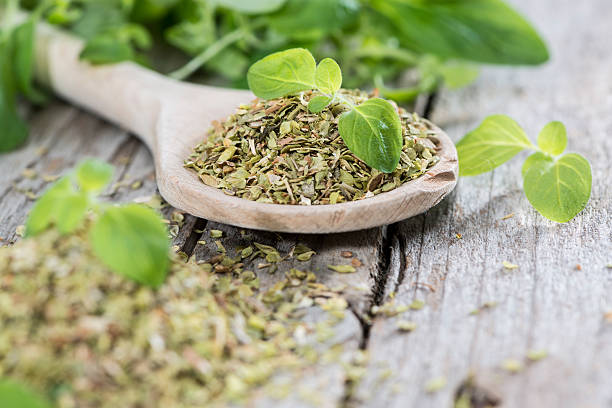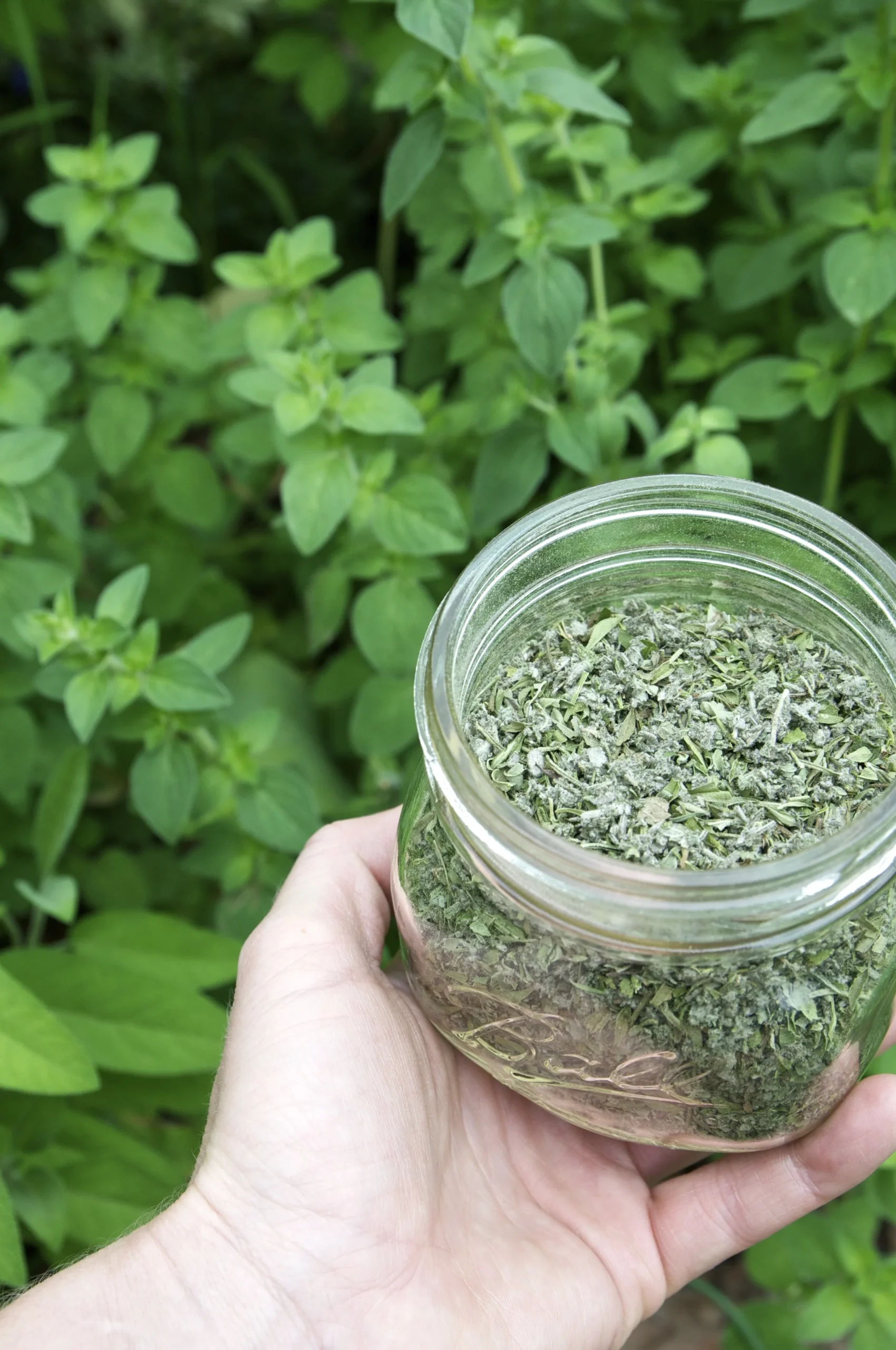Written by Ann Marie Hendry, July 2, 2019
Oregano is a versatile and easy-to-grow herb that’s perfect for gardeners of all skill levels, whether you’re just starting or have years of experience. Not only is it a kitchen staple, but a few plants will easily provide all the oregano you need throughout the year.
Interestingly, a 2015 study led by food fraud expert Professor Chris Elliott found that 25% of dried oregano samples contained non-oregano substitutes, such as olive and myrtle leaves. If this raises your eyebrows, growing your own oregano might be the best solution!
What is Oregano?
Oregano (Origanum vulgare) is often confused with wild marjoram, but they are the same plant. It’s distinct from sweet marjoram (Origanum majorana), which is an annual herb. Oregano is beloved for its robust flavor and ability to attract beneficial pollinators to your garden.

Growing Oregano: A Beginner’s Guide
The simplest way to start growing oregano is by purchasing young plants. Since many varieties are propagated only through cuttings or division, you’ll likely find them as plants rather than seeds. Space your oregano plants about 20-30 cm (8-12 inches) apart in a sunny or lightly shaded location. Be sure to plant in well-drained soil—oregano can rot in waterlogged conditions.
If you prefer to start from seed, sow them in early spring. Place a few seeds on the surface of compost in a pot, cover lightly with compost, and keep the pot in a propagator to maintain warmth and moisture until the seeds germinate. Once the seedlings are large enough, transplant them into individual pots and let them grow until early summer, then move them outside or into larger containers.

Oregano typically doesn’t require feeding, but if the leaves start to yellow, an organic liquid feed and a layer of compost mulch should do the trick. Additionally, oregano flowers attract a variety of beneficial insects like bees, so consider growing a few extra plants to support pollinators.
Propagating Oregano: Dividing Plants
Oregano is easy to propagate by dividing mature plants. I personally have a variegated oregano called ‘Country Cream,’ which has thrived for years in my garden by being divided regularly. Spring and autumn are the best times to divide oregano.
To divide the plant, cut off the old stems and dig up the root clump. Using two forks inserted back-to-back, gently pry apart the clump. If the plant is very dense, you can use a sharp spade to cut through it. The outer, healthy sections of the plant are the ones to replant. Discard the worn-out center of the clump. Replant the sections into well-weeded soil, water thoroughly, and keep the soil lightly moist until the plants become established.
Harvesting and Drying Oregano
While you can use fresh oregano year-round, it’s incredibly convenient to have dried oregano on hand. The flavor peaks in midsummer, just before the plant flowers. To harvest, cut stems in the morning when they’re dry, before moisture sets in.
Bundle the stems with string or a rubber band, and hang them in a warm, dry, and well-ventilated spot. Alternatively, you can lay them flat on a wire rack to air-dry. Once the leaves are crispy, rub them off the stems and store the dried oregano in an airtight container. Choose a dark or opaque jar to protect the herbs from light, or store clear jars in a cupboard.

Using Oregano in the Kitchen
Dried oregano can be stored for several months and is perfect for flavoring pizza, tomato sauces, roasted meats, and vegetables. For the best flavor, add it near the end of cooking to preserve its aromatic oils. Whether you use it fresh or dried, oregano is a must-have herb in any kitchen.
Now that you know how to grow, propagate, and preserve oregano, why not share your favorite ways to use it? Feel free to leave your tips in the comments below!
